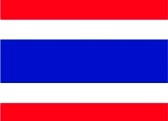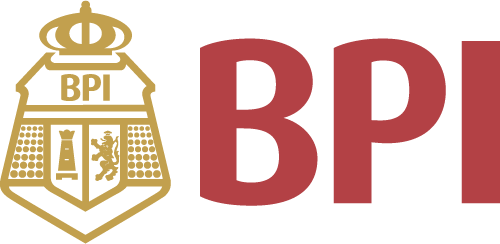All Categories


The Librarian of Auschwitz: The Graphic Novel
Share Tweet
Get it between 2025-07-02 to 2025-07-09. Additional 3 business days for provincial shipping.
*Price and Stocks may change without prior notice
*Packaging of actual item may differ from photo shown
- Electrical items MAY be 110 volts.
- 7 Day Return Policy
- All products are genuine and original
- Cash On Delivery/Cash Upon Pickup Available








About The Librarian Of Auschwitz: The Graphic Novel
About the Author Antonio Iturbe is a novelist and journalist. He interviewed Dita Kraus, the real-life librarian of Auschwitz, for The Librarian of Auschwitz. His other books include The Prince of the Skies. Lilit Žekulin Thwaites is an award-winning Melbourne-based literary translator (Spanish>English), and an honorary research fellow in contemporary Spanish literature at La Trobe University. Her book-length translations include the bestselling The Librarian of Auschwitz (Antonio Iturbe, 2017), Australian Connection (multiple authors, 2019), and two futuristic novels by Rosa Montero,Tears in Rain (2012), and Weight of the Heart. (2016). Her translations of short stories, essays and the occasional poem have been published in journals and anthologies. She presents sessions at writers’ festivals, gives talks on Spain-related and translation topics, and organises visits to Australia by Spanish-speaking writers. In 2016, she was awarded Spain’s Order of Civil Merit for her promotion of Spanish culture in Australia. Salva Rubio is a Spanish author and historian. His credits include the graphic novels Monet: Itinerant of Light and The Photographer of Mauthausen. Loreto Aroca is aSpanish artist and a graduate of the University of Castilla-La Mancha. She previously won the school’s Luna de Aire Award, honoring the best poetry aimed at children, for her and Fran Pintadera’s book Portrait of the Pinzón Family (Retrato de la familia Pinzón). Product Description Based on the experience of real-life Auschwitz prisoner Dita Kraus, this graphic novel tells the incredible story of a girl who risked her life to keep the magic of books alive during the Holocaust. Fourteen-year-old Dita is one of the many imprisoned by the Nazis at Auschwitz. Taken, along with her mother and father, from the Terezín ghetto in Prague, Dita is adjusting to the constant terror that is life in the camp. When Jewish leader Freddy Hirsch asks Dita to take charge of the eight precious volumes the prisoners have managed to sneak past the guards, she agrees. And so Dita becomes the librarian of Auschwitz. Out of one of the darkest chapters of human history comes this extraordinary story of courage and hope. From School Library Journal Gr 9 Up-Based on Iturbe's novelization of Dita Kraus's experiences during World War II, this graphic novel details Kraus's early life in Czechoslovakia, her love of reading, and the unusual existence of a family camp and classroom (of sorts) for children within Auschwitz-Birkenau, where Kraus and her family arrived in 1942. The first half of the book also establishes the teen's precarious responsibility as keeper of the camp's eight prized but forbidden volumes, and the threats, terror, and trauma of life in the camp where hundreds were sent to the gas chambers daily. Dialogue bubbles and text boxes, along with striking, purely visual panel sequences and full-page images, advance the story. The second half of the book moves at a quicker pace, reducing some events to cursory (and potentially confusing) treatment. The illustrated epilogue, which offers additional information about Adolf Hitler's objectives and a few of the individuals featured in the book, will help answer some questions readers may have. Sepia tones that evoke the era dominate the opening pages, while scenes in shadowy blue gray emphasize the dangerous, clandestine nature of much of the activity at the camp. Red enters as the background color when Nazi soldiers appear or pure panic sets in. Included is an image of a mass grave, and others of naked prisoners being led to the gas chambers. VERDICT Along with memoirs or nonfiction histories, this book may serve Holocaust units, and discussions about the history of restricting access to books, especially where differentiated materials are needed.-Daryl Grabarekα(c) Copyright 2011. Library Journals LLC, a wholly owned subsidiary of Media Source, Inc. No redistribution permitted.




























